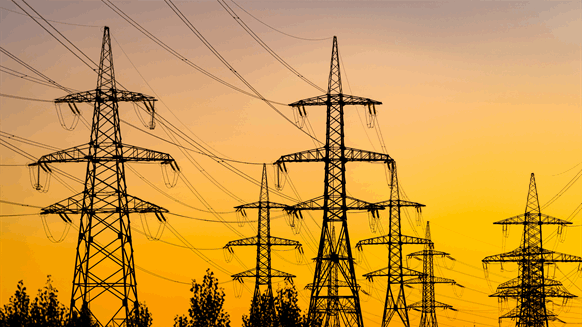Aker BP ASA has advanced towards the start of construction in October for the electrification of its Yggdrasil development project with the award of the latest construction contract to LinjePartner AS.
Earlier this month, the independent exploration and production company received parliamentary approval for the Yggdrasil and Valhall field extension projects, which collectively hold about 1.07 billion barrels of oil equivalent (boe). in combined bookings. The green light paves the way for final approval from the Ministry of Petroleum and Energy, Aker BP announced on June 5.
LinjePartner has been selected for the delivery of overhead lines in a contract worth $9.27 million (NOK 100 million), Aker BP said in a press release on Tuesday.
“This represents the selection of the main civil construction final partner for the Yggdrasil offshore power delivery line. With this contract in place, we are in line with our execution strategy,” said Tormod Huseby, project director.
With 4.97 miles (eight kilometers) of power lines, the electrification project “will ensure a reliable and stable power supply to the Yggdrasil area with very low emissions,” the announcement states.
“The concept includes a new transformer station at Bordalen in Samnanger, 11 kilometers away [6.84 miles] of power line and cable in Samnanger, a compensation station in Arskog in Fitjar, and a total of 255 kilometers [158.45 miles] of sea cable from Samnanger to the Yggdrasil area in the North Sea.”
Aker BP expects to start onshore construction for the power project in October. “The plan is to start the delivery of Linjepartner in October and finish in August 2025,” he said.
Construction of the oil project
Aker BP plans to start construction on the Yggdrasil commercial hydrocarbon development in the fall, according to a June 5 media release. Lars Hoier, senior vice president of Yggdrasil, said in the announcement that “all major contracts” had been signed and thousands of orders had been placed by local and international buyers.
The company announced the conclusion of the drilling on June 9, saying the search, which targeted the Ost Frigg field, involved what turned out to be the longest exploration well on the Norwegian continental shelf, called Ost Frigg-Epsilon.
Aker BP has increased the discovery’s predicted oil equivalent reserves to 53-90 million after drilling. It initially posted between 40 and 90 MMboe in recoverable volume when it announced the discovery on May 25. Total recoverable resources at Yggdrasil have now increased to more than 700 MMboe.
More drilling
The Ost Frigg field consists of two structures, named Alpha and Beta, with Epsilon the last of the three Beta horizontal tracks.
The Norwegian Petroleum Directorate (NPD) announced separately on June 5 that Aker BP had completed the drilling of three other wells in Ost Frigg, all with oil.
“Well 25/2-24 S found a 12.5 meter [41.01 feet] oil column in the Frigg Formation, in a sandstone reservoir with a total of 117 meters [383.86 feet] with very good to very good deposit quality,” the regulator said.
Well 25/2-24 A also “demonstrated a continuous oil column up to 20 meters [65.62 feet] thick, with indication of an oil/water contact at 1945 meters [6,381.23 feet] below sea level”.
Oil has also been tested in well 25/2-24 C with oil or water contact at about 1,949 meters below sea level, NPD said.
There have now been six exploration wells under license 873 since it was awarded in 2016, he said.
“We’ve now shown that we can drill horizontally in the Frigg formation and that we can drill very long distances,” drilling superintendent Hanna Tronstad said in Aker BP’s June 5 announcement.
“[New] Drilling is scheduled to begin in 2025, and we will spend the years leading up to it ensuring efficient planning and implementation of production wells, many of which are horizontal.”
The discovery is under production licenses 873 and 442, both of which are operated by Aker BP with a 47.7% and 87.7% interest respectively. Equinor ASA and PGNiG Upstream Norway AS are partners in 873 with a 40% and 12.3% stake respectively. PGNiG Upstream Norway also has a 12.3% stake in 442.
To contact the author, please email jov.onsat@rigzone.com


